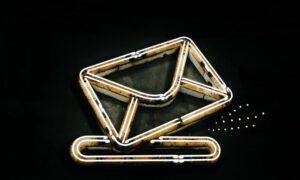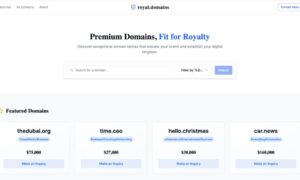Articles like this one are becoming increasingly difficult to write. Why? Because the purpose of a resume has changed, and because technological advances have made it easier than ever before to build your own professional resume…at least on paper says Fred Auzenne. This article will focus on how to read a professional resume and make sense of its content, as well as highlight how to write your resume so it’s easily understood by hiring managers.
First, let’s define what a professional resume is. It is written for someone with college level education or higher, who has completed an educational program designed specifically to teach the student how to professionally communicate across multiple platforms, including print and digital media. A professional resume does not include personal information like religious affiliation or marital status; it is strictly focused on business related items (your employment history), educational experience (college courses you’ve taken), and any relevant training (i.e., certificate programs). All information included on your professional resume will be tailored specifically for your chosen field of employment. There are no general resumes; each one must be custom-made according to the needs of the job seeker and the job for which they are applying.
Finally, let’s discuss why hiring managers receive so many resumes for open positions. With so many applicants, it is more difficult than ever to be noticed among the crowd. To get your foot in the door, hiring managers (the people who will actually read your resume) must understand what sets you apart from all other candidates. This can be accomplished by clearly communicating your skills, abilities and knowledge of the industry through well-written content; if you cannot communicate this information visually (on paper), then don’t expect anyone to call you with an interview offer. A good resume will not only highlight professional experience like employment dates and job titles; it will also tell a story about how you’ve made the most of your education and training. A good resume will answer the following questions: What can this person do for me? Why should I hire them over all other candidates?
Creating a Professional Resume
This article focuses on how to read a professional resume, so we’ll continue by highlighting some specific examples of things to look for as you scan through the content written on one says Fred Auzenne.
Your reading assignment is as follows:
- Review each section from top to bottom (this ensures that you catch all relevant information)
- Note any obvious misspellings or grammatical errors – either low quality or irrelevant information is not desirable in a candidate. If spelling and grammar are poor throughout a resume, then hiring managers may assume that the candidate lacks attention to detail, which is required in many entry level positions.
- Look for an objective statement – this sentence explains why the job seeker needs a job (i.e., they are unemployed or under-employed), and should be included at the very top of the resume. The first sentence encapsulates what you want hiring managers to know about you right away; it’s essentially your elevator pitch. If the objective statement does not immediately communicate your skills and abilities, then it will likely be ignored by those receiving hundreds of other resumes for an open position.
- Note any employment gaps – especially if employment dates are listed as 2009 – Present without explanation, hiring managers may assume that something negative happened during that time period. If you really don’t want a hiring manager to know about your employment search history, then be sure to omit this information from the resume entirely explains Fred Auzenne.
- Look for sections labeled volunteer experience – major volunteer positions provide a glimpse of the candidate’s skills and abilities without a traditional salary structure in place. This section should come before any paid work experience, because it demonstrates motivation and an ability to get things done even when no one is watching or paying direct attention.
- Note how many jobs are listed on the resume – if there are more than five entries, then either cut some out or add additional sections which highlight specific accomplishments at each job site. Hiring managers will quickly become overwhelmed with too much information to sift through during this initial review of your resume.
- Read the “Summary of Qualifications” section – although it’s not required, many resumes include a section designed to highlight career accomplishments in bulleted format. These paragraphs are normally made up of 2-5 sentences that are separated by semi-colons (Do not use commas to separate individual phrases within these sentences); hiring managers usually place extra emphasis on information presented in this format.
Conclusion:
Your resume should be one of your most powerful marketing tools used to secure that dream job explains Fred Auzenne. Take the time to research standard industry requirements for resumes, and then carefully craft each section using accurate, updated information about you. Use this professional writing sample as a guide on how to modify or create your own resume for maximum exposure!



































